CES 2024 preview: The future of PC gaming hardware
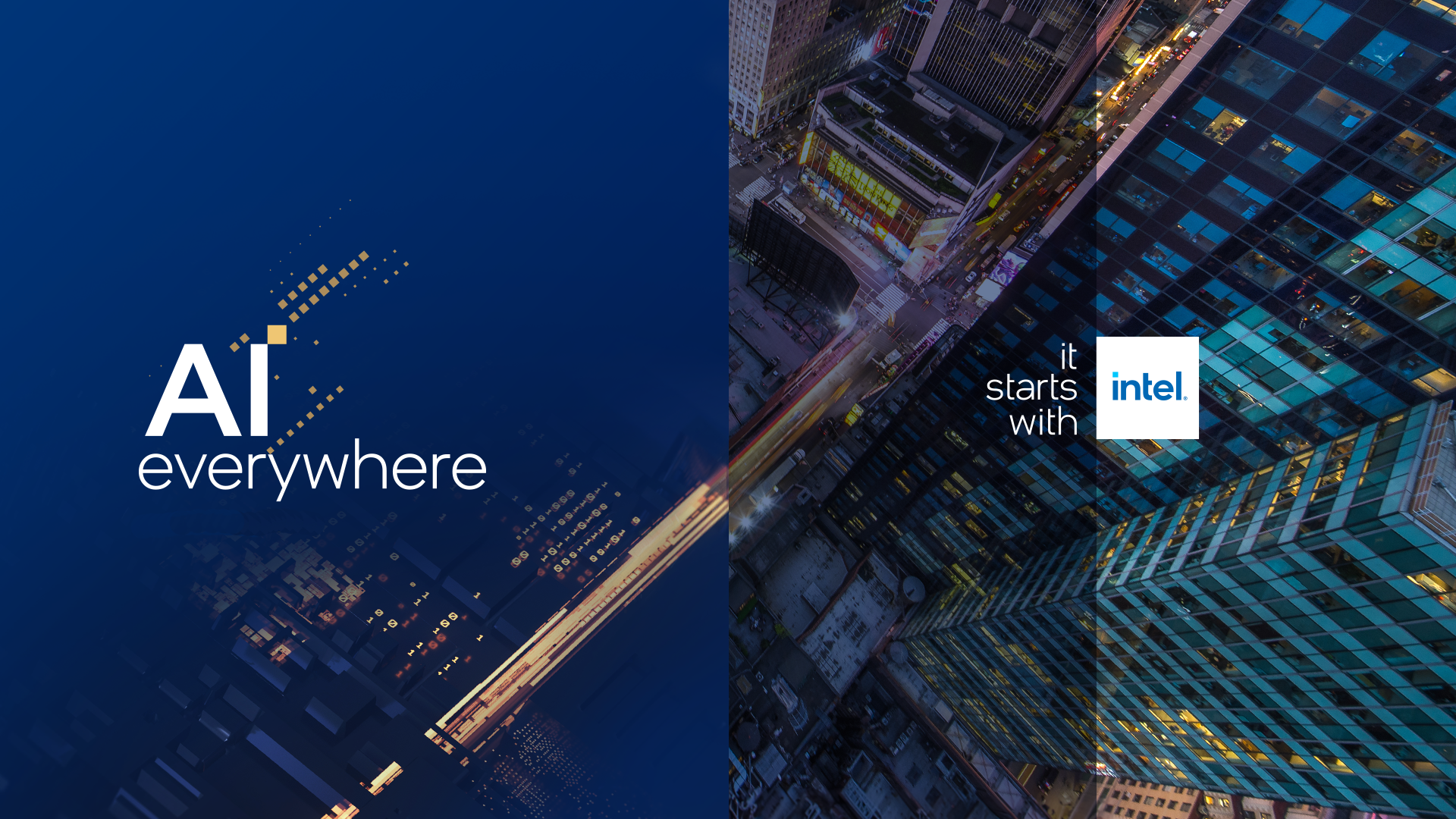
We’re just weeks away from the biggest tech jamboree of the year, the Consumer Electronics Show or CES. It’s expected that 130,000 attendees and 3,500 vendors will descend on the sprawling complex of exhibition centers and show floors across Las Vegas for the event, which opens on January 9.
Among them will be our very own Jacob, battling through the hordes to bring you the very best PC gaming tech from the show. But exactly what will he find at CES 2024?
Everything AI, all at once

Yo dawg. Heard you like AI. So we took some AI and made it intelligent and artificial and then ran it all through a large language model. Probably. Basically, if you’re not into AI, steer clear of CES 2024. It’s going to be everywhere. Actually, that’s Intel’s Marketing tag line that will be hammered to death at CES, literally “AI Everywhere”.
The rest of the tech giants will almost certainly have an AI message to sell, too. How much any of it translates into tangible products and real-world benefits, especially for PC gaming, remains to be seen.
Nvidia super sizes
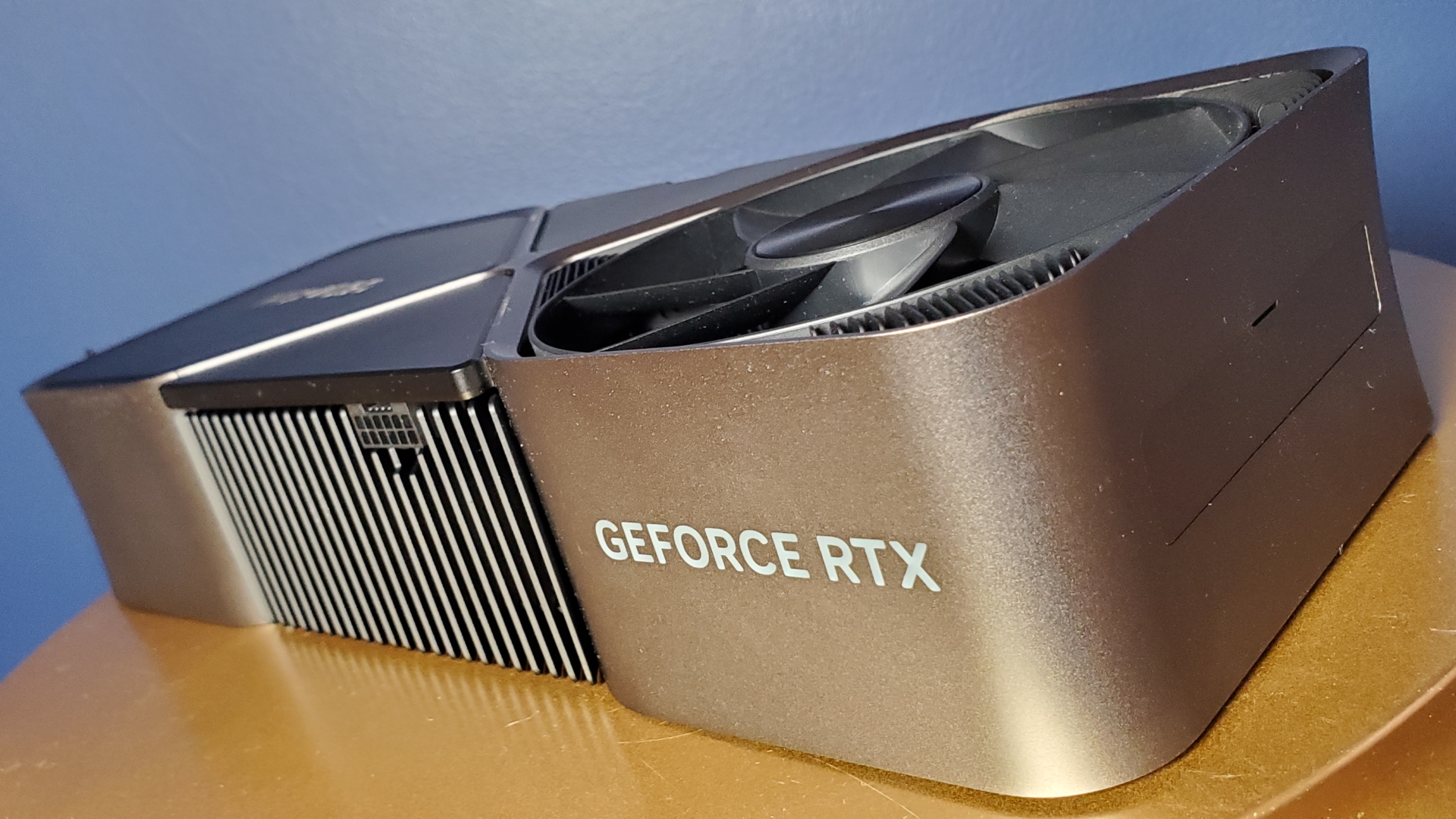
Of the big noises in PC tech, Nvidia will probably be alone in rolling out something genuinely new in the shape of “Super” branded updates for its existing RTX 40-series line of gaming graphics cards.
We’ve done the rumours to death, but we’re expecting an RTX 4070 Super, and RTX 4070 Ti Super, and an RTX 4080 Super. Of those three, it’s the RTX 4070 Ti Super that promises to be the biggest step forward. That’s because it’s rumoured to make the jump away from Nvidia’s AD104 chip to the bigger AD103 GPU, the latter used by the RTX 4080, currently.
The RTX 4070 Super and RTX 4080 Super are thought to be smaller upgrades using the same silicon as existing non-Super GPUs. Perhaps just aas important is the question of what will happen to those existing GPUs. Will they disappear? Or could they get a pricing haircut?
Either way, what you won’t see is Nvidia’s next-gen Blackwell GPUs, probably to be branded RTX 50-s Series. They won’t appear until at least the end of 2024 and maybe not until early 20225.
As a final outside, could Nvidia begin talking about its rumoured ARM CPU for PCs at CES? 2024 is the year that we’re expecting to see some serious movement on high performance ARM chips for PCs, so it’s just about possible.
Intel Meteor Lake’s deep impact
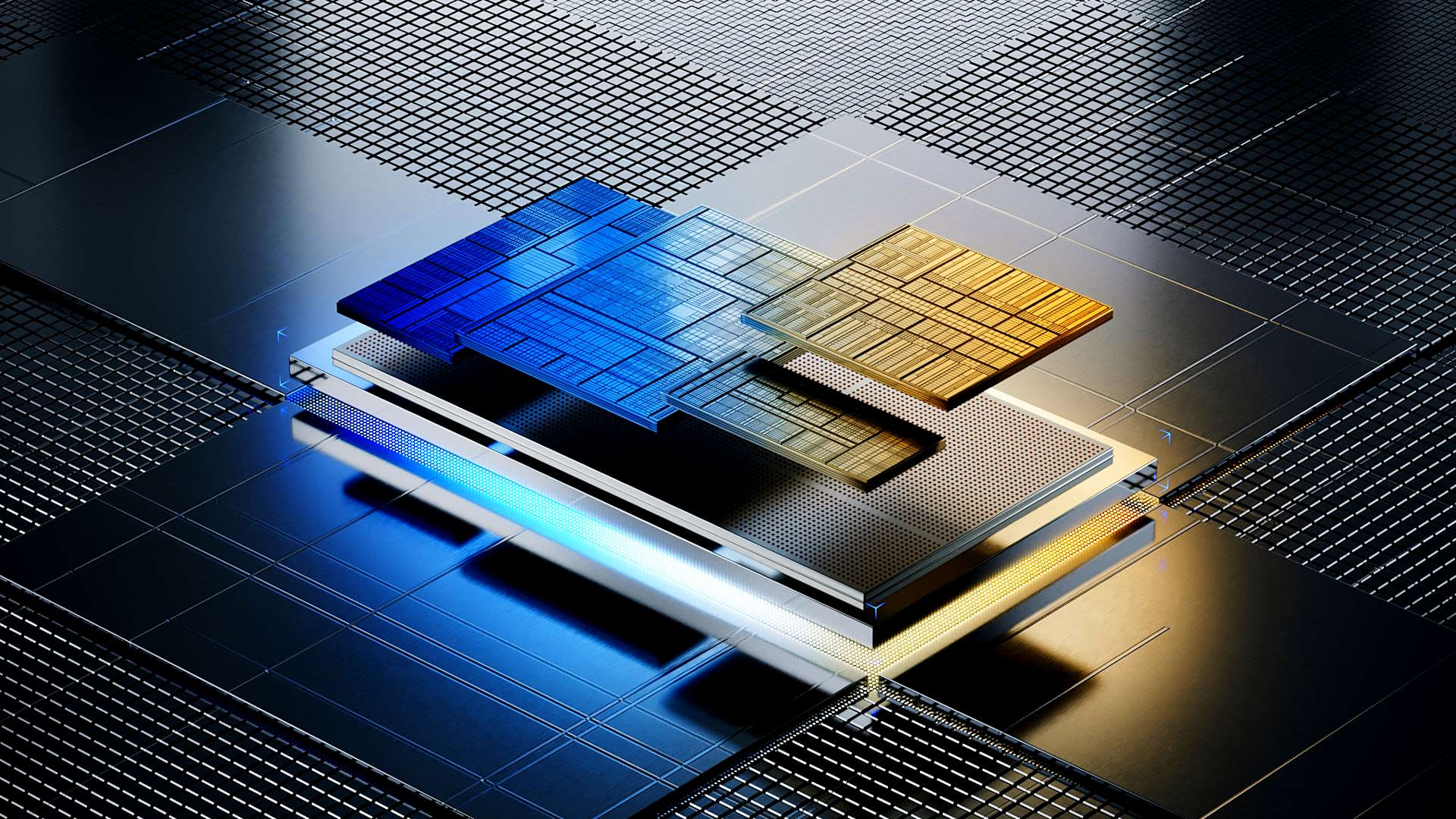
You’ve seen the previews, but CES should see a slew of Meteor Lake based laptops all touting Intel’s new chip. Early previews of the new chip are a little underwhelming. But maybe Intel can make a bigger impact with Meteor Lake and the new Core Ultra Series of laptop CPUs at CES.
More broadly, Intel will be bigging up the AI capabilities of Meteor Lake under its “AI Everywhere” banner during CEO Pat Gelisgner’s CES keynote. Will we see some killer new apps to take advantage of the NPU in Meteor Lake? Maybe, but more likely are a few slightly meh tech demos running something like local AI image generation on the NPU and then a load of positive but vague sentiments about the transformative power of AI.
Everything AMD FSR, all at once?
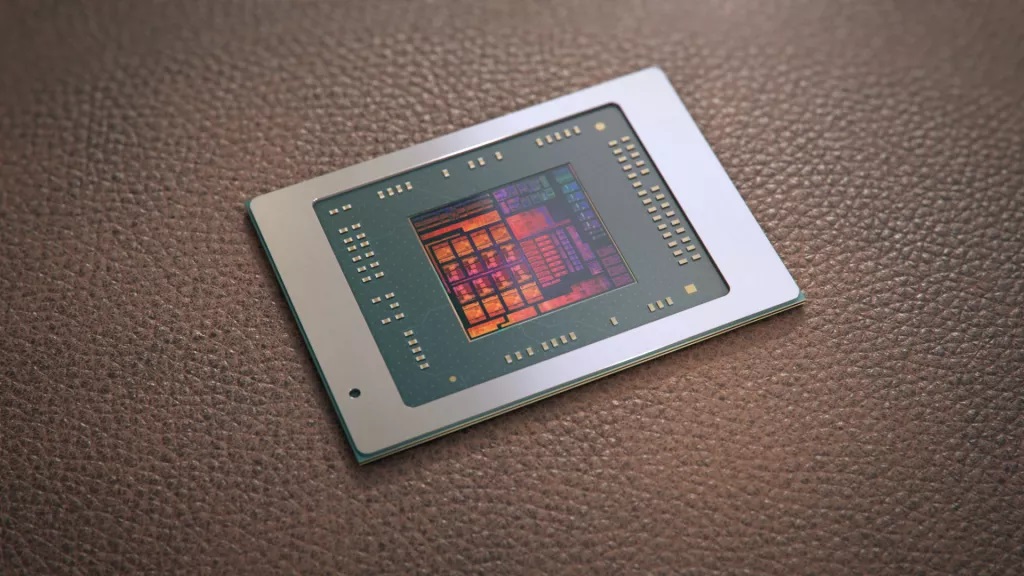
Sorry for the repeat gag, but AMD has already announced that its FSR 3 upscaling tech is going open source, making it easier for anyone to add support, including community-based modders. You could argue what FSR really needs is more polish and work from AMD itself, not a load more games with slightly rough around the edges scaling support.
Speaking of more polish, AMD has been announcing more games with FSR 3 support and the addition of variable refresh support for its fluid motion frame generation technology within FSR 3. So, there’s more in- house work going on, too. Expect to see AMD flesh out further improvements to FSR 3 at CES.
AMD will also be making an AI pitch courtesy of its new Hawk Point laptop chip, which is really just the excellent Phoenix chip already used in everything from laptops to gaming handhelds. That’s probably fine, because it’s a great chip. Anyway, it’s branded Ryzen 8000 series, which is a little misleading, but contains the same AI-accelerating NPU as existing Ryzen 7000 laptop APUs, allowing AMD to make that all-important AI pitch at CES.
Finally, there’s a tiny chance AMD may wheel out a refreshed version of its N31 GPU, as seen in the Radeon RX 7900 XT and XTX graphics cards, to address Nvidia’s Super Series graphics. If so, it’ll be the same silicon running a little faster, not something actually new.
Qualcomm’s new killer CPU
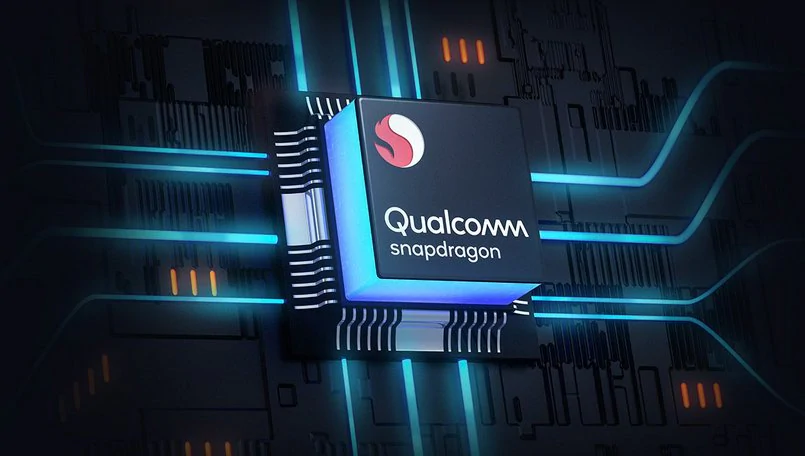
We’re not expecting to be able to actually buy a laptop with Qualcomm’s new Snapdragon X Elite Arm-powered CPU until June. But it’s odds on Qualcomm will show some devices running the chip at CES.
Snapdragon X Elite looks to have competitive processing power compared to the best x86 CPUs from Intel and AMD, but could offer much better efficiency. Think of it as bringing something like the balance of performance and efficiency of Apple’s M series chips to the PC and you will have roughly the right idea.
With Nvidia and possibly AMD also expected to be bringing Arm-powered CPUs to the PC in the next year or so, the long awaited transition of the PC from x86 to Arm might just be upon us and CES 2024 could be a key punctuation point along the way.
Ole, ole, OLED
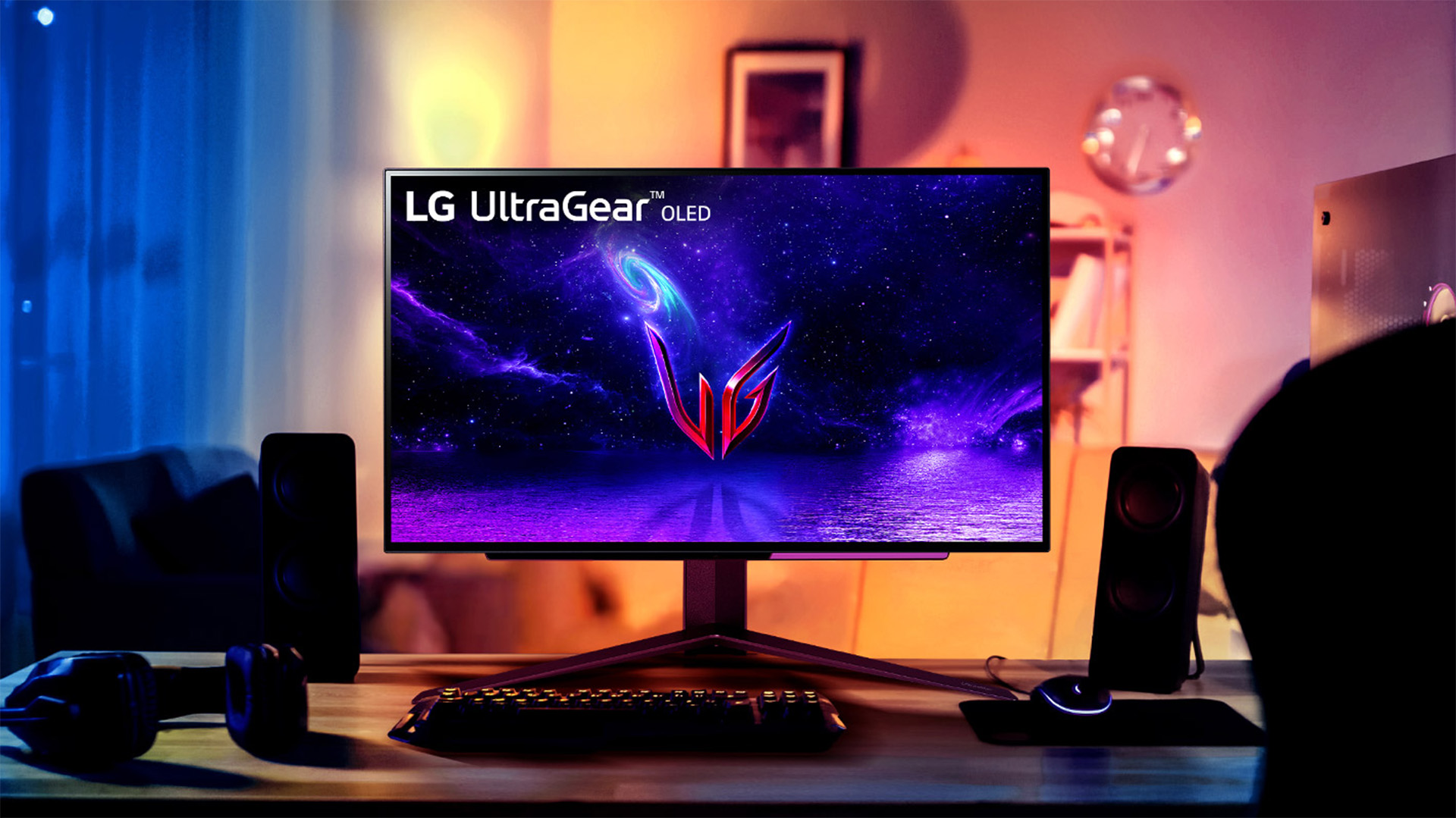
Expect to see plenty of new OLED gaming monitors at CES. A key new segment will be 32-inch 4K models using both LG and Samsung OLED panels. However, with news that TCL is also bringing up production of its own OLED panels for monitors, it’ll be interesting to see if any new final monitor products in the 32-inch 4K space based on TCL’s new low-cost inkjet printed OLED tech are shown off at CES.
We’re also hoping to see lots of new gaming laptops with OLED screen technology from lots of the big brands.
TeeVee tech
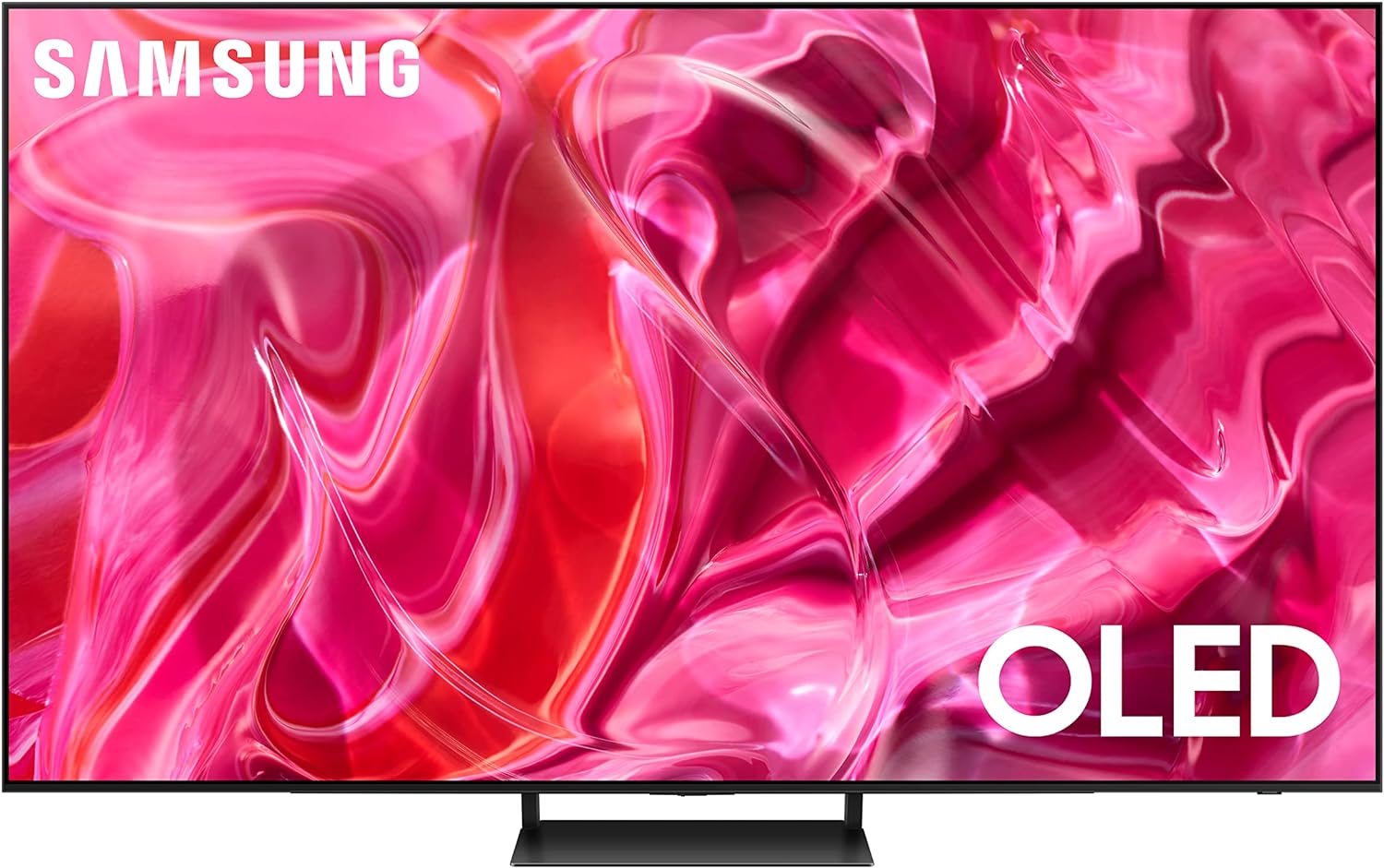
CES also debuts a mountain of new TV tech and model ranges. For us, they’re mostly interesting because the panel tech seen in these new TVs usually finds its way into PC monitors sooner or later.
Hopefully, CES 2024 will see progress from OLED panels in terms of full-screen brightness. We’d also love to see some new lower-cost displays using microLED technology, but that is probably still years away.
Cooler-running PCIe 5 SSDs
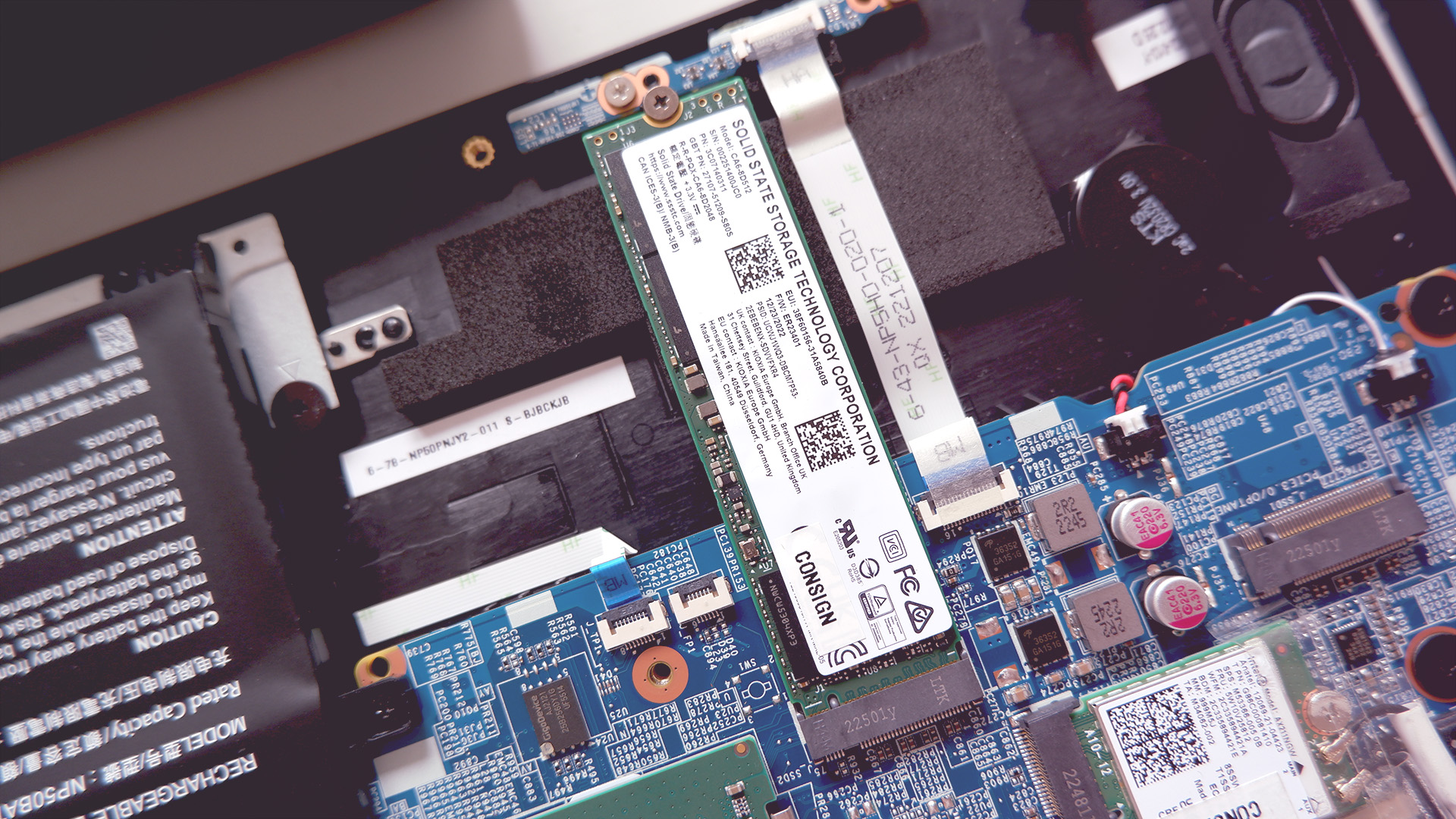
As we reported, Phison has a new fanless PCIe Gen 5 controller for SSDs. It’s not quite as fast in terms of peak throughput as its existing controller, the hot and hungry E26, but critically it can run without the need for active cooling. CES should see numerous drives with the new chip debut.
Silicon Motion has its own new PCIe 5 SSD controller in the works and it’s claimed to be at least 30% more energy efficient than the Phison E26 while offering essentially the same bandwidth. It’s not clear if the Silicon Motion controller needs active cooling for peak performance, but we may find out at CES.
Weird and whacky prototypes
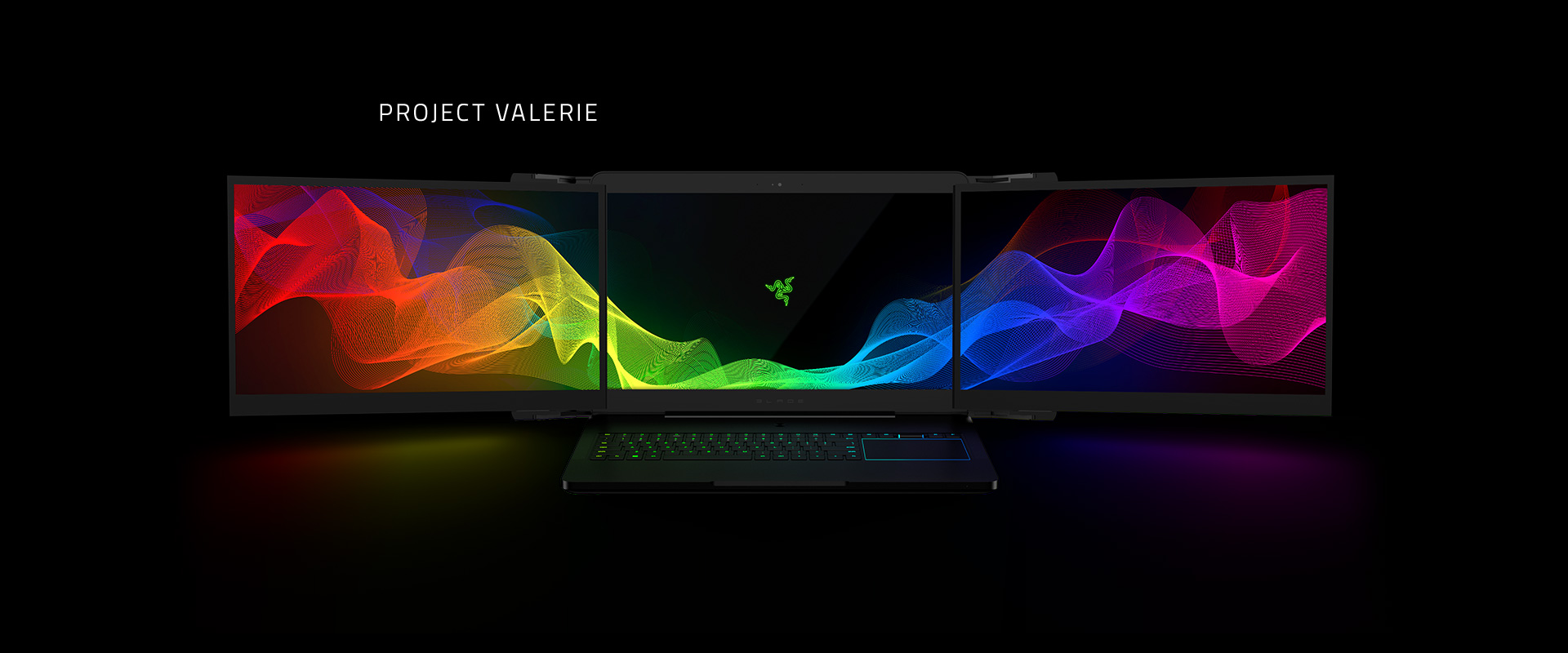
Of course, it wouldn’t be CES without a few weird and whacky prototypes. Back in 2008, Alienware wowed the world with a prototype curved PC monitor with an ultrawide 21:9 aspect. Could you imagine such a thing?
Actually, back then it used DLP rear projection, so it was genuinely weird, even by today’s standards. But it certainly provided a glimpse of the future. As did the handheld gaming PC that Alienware showed off at CES 2020. It looks just like the recent bevy of AMD-powered handhelds including the Asus RoG Ally.
2017 saw a triple-screen Razer laptop, while more prosaic concepts include new case and motherboard form factors, and new cooling technologies. Last year was all about foldable screens, so it will be interesting to see what themes emerge in 2024’s show. How about a laptop PC that can successfully sleep without draining its battery or hanging? Now that would be a technical marvel!
Oh and while you’re waiting for this year’s show, why not peruse our preview from last year see how much we got right…




